Efficacy of Chlorine Dioxide
Chlorine dioxide does not react with water or ionize in water, it is present in solution as molecular chlorine dioxide. For this reason, it is able to diffuse into organic matter including micro-organisms and biofilms. It is effective against all micro-organisms including algae, bacteria, bacterial spores, fungi, fungal spores and viruses. In high concentrations it can be used to control some higher organisms.
Chlorine dioxide shows good efficacy at very low dose rates. For example, experience in Europe has shown that drinking water can be maintained to the required standard when treated with <0.3mg/L or PPM of chlorine dioxide. The rate at which chlorine dioxide kills micro-organisms depends on the concentration of chlorine dioxide, temperature, and species of organism. Chlorine dioxide is noted for the speed with which it kills micro-organisms. Some typical values for Log 4 (99.99%) reduction of various bacteria in water at 20°C with a chlorine dioxide concentration of 1.5mg/L or PPM) are listed below:
- Escherichia coli 2 min
- Enterococcus spp. 10 min
- Coliform 2 min
- Legionella pneumophilia 15 min
- Fecal coliform 10 min
- Fecal streptococcus 10 min
Mode of Action
The mode of action of chlorine dioxide is that of an oxidizing agent. It simultaneously attacks many cell components particularly certain amino acids found in protein. This results in rapid denaturing of proteins, including enzymes, in the cell membrane and cell contents resulting in cell death.
The rapid inactivation of many different enzymes simultaneously accounts for the speed with which chlorine dioxide acts.
Resistance
Because of its non-specific mode of action, micro-organisms cannot develop resistance to chlorine dioxide.
